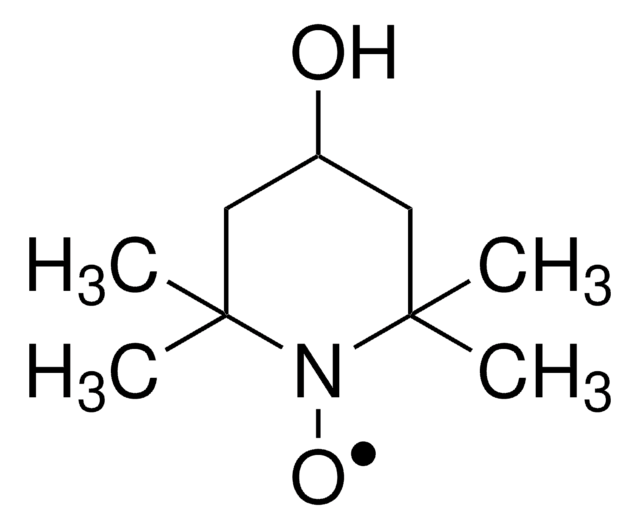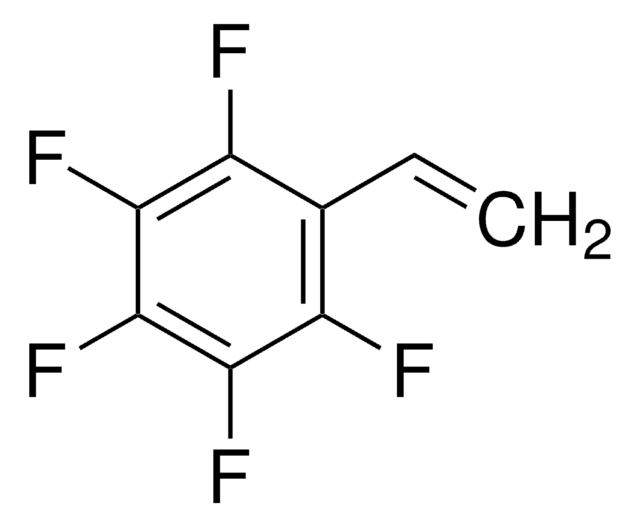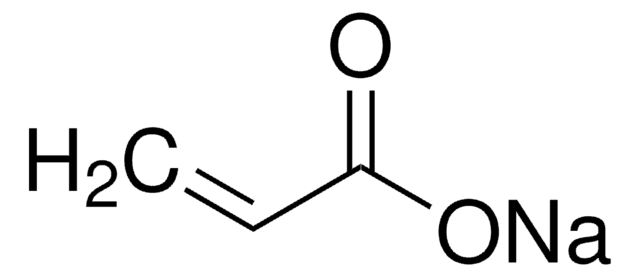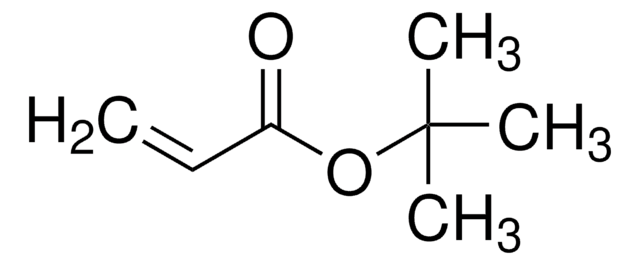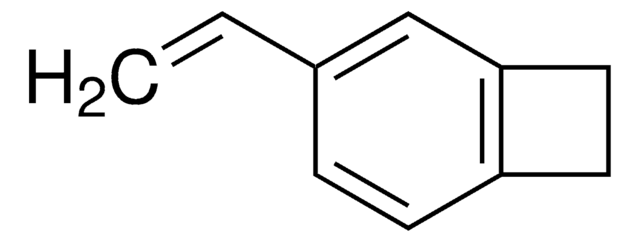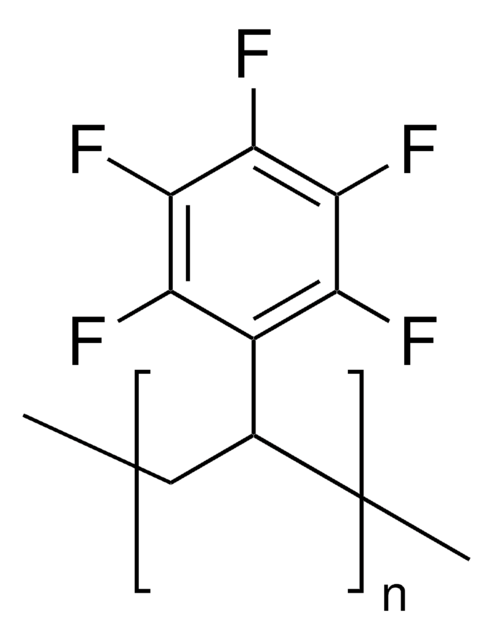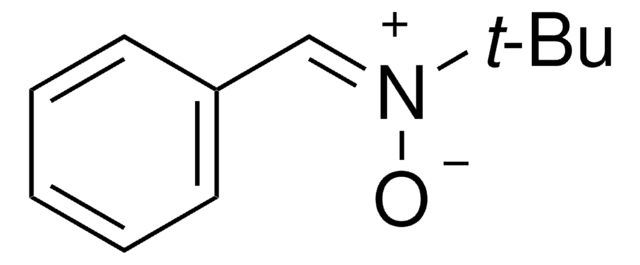700703
N-tert-Butyl-N-(2-methyl-1-phenylpropyl)-O-(1-phenylethyl)hydroxylamine
Synonym(s):
2,2,5-Trimethyl-3-(1-phenylethoxy)-4-phenyl-3-azahexane, Alkoxyamine NMP initiator
About This Item
Recommended Products
form
liquid
Quality Level
refractive index
n20/D 1.536
density
0.968 g/mL at 25 °C
storage temp.
−20°C
SMILES string
CC(C)C(N(OC(C)c1ccccc1)C(C)(C)C)c2ccccc2
InChI
1S/C22H31NO/c1-17(2)21(20-15-11-8-12-16-20)23(22(4,5)6)24-18(3)19-13-9-7-10-14-19/h7-18,21H,1-6H3
InChI key
FPFRTDOMIFBPBZ-UHFFFAOYSA-N
General description
Storage Class Code
10 - Combustible liquids
WGK
WGK 3
Flash Point(F)
Not applicable
Flash Point(C)
Not applicable
Personal Protective Equipment
Choose from one of the most recent versions:
Already Own This Product?
Find documentation for the products that you have recently purchased in the Document Library.
Articles
A detailed article on block copolymer synthesis using a nitroxide-mediated radical polymerization (NMP) approach.
Block copolymer synthesis using a commercially available nitroxide-mediated radical polymerization (NMP) initiator
We presents an article about a micro review of reversible addition/fragmentation chain transfer (RAFT) polymerization. RAFT (Reversible Addition/Fragmentation Chain Transfer) polymerization is a reversible deactivation radical polymerization (RDRP) and one of the more versatile methods for providing living characteristics to radical polymerization.
Applying ARGET ATRP to the Growth of Polymer Brush Thin Films by Surface-initiated Polymerization
Protocols
We present an article about RAFT, or Reversible Addition/Fragmentation Chain Transfer, which is a form of living radical polymerization.
We presents an article featuring procedures that describe polymerization of methyl methacrylate and vinyl acetate homopolymers and a block copolymer as performed by researchers at CSIRO.
An article about the typical procedures for polymerizing via ATRP, which demonstrates that in the following two procedures describe two ATRP polymerization reactions as performed by Prof. Dave Hadddleton′s research group at the University of Warwick.
Our team of scientists has experience in all areas of research including Life Science, Material Science, Chemical Synthesis, Chromatography, Analytical and many others.
Contact Technical Service![N-tert-Butyl-O-[1-[4-(chloromethyl)phenyl]ethyl]-N-(2-methyl-1-phenylpropyl)hydroxylamine](/deepweb/assets/sigmaaldrich/product/structures/298/481/e5f98578-0ed3-446e-bed2-e277dfa06e5d/640/e5f98578-0ed3-446e-bed2-e277dfa06e5d.png)
